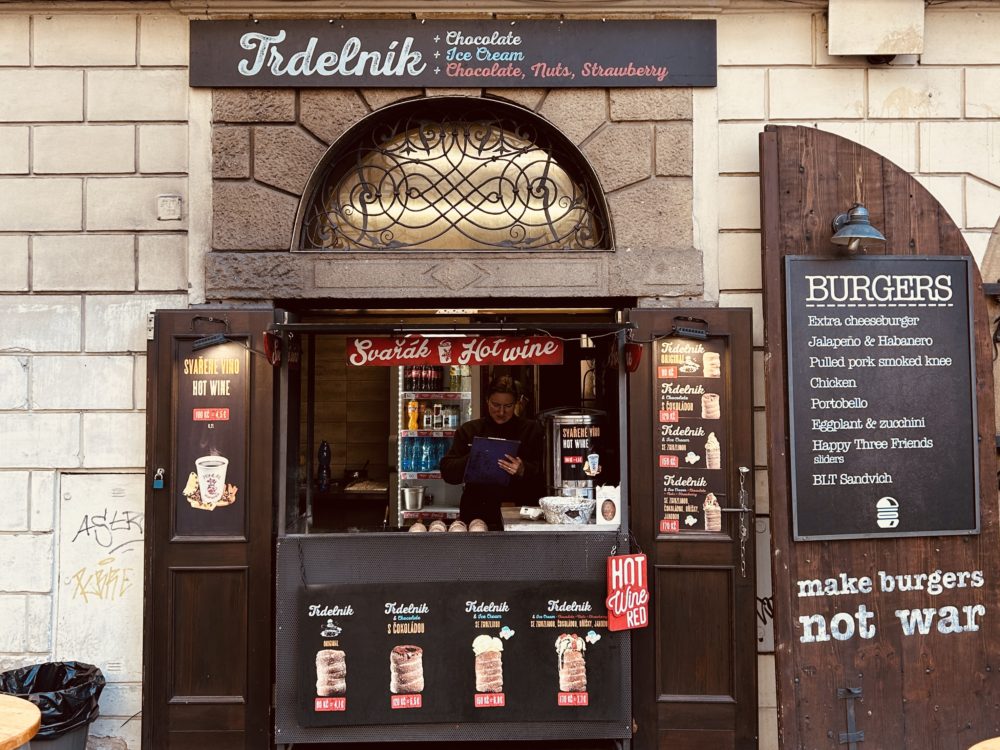The chimney cake is a delicious pastry that is popular in Central and Eastern Europe.
It is a sweet bread that is rolled around a wooden spit and roasted over hot coals, forming a hollow, cylindrical shape. It is then coated with sugar and various toppings, such as nuts, cinnamon, chocolate, or coconut. It is a treat that can be enjoyed all year round, but especially during the winter holidays.
The chimney cake has different names and variations in different countries.
In the Czech Republic, it is called trdelník, and it is often filled with whipped cream, ice cream, or jam.
In Hungary, it is called kürtőskalács, and it is traditionally made with yeast dough and ground walnuts.
In Romania, it is called colac secuiesc, or Székely cake, and it is associated with the Hungarian-speaking region of Transylvania.
The origin of the chimney cake is not clear, but it is believed to date back to medieval times, when similar cakes were baked on a spit over hot cinders. The earliest recipe for the chimney cake was found in a cookbook by Countess Maria Mikes of Zabola, in 1784.
She called it kürtős kalács, meaning stovepipe cake, because of its shape. The cake was originally made for special occasions, such as weddings and festivals, but it became more popular and widespread over time.
#ChimneyCake #Pastry #History #Culture #Europe #kürtős #trdelník #colac













